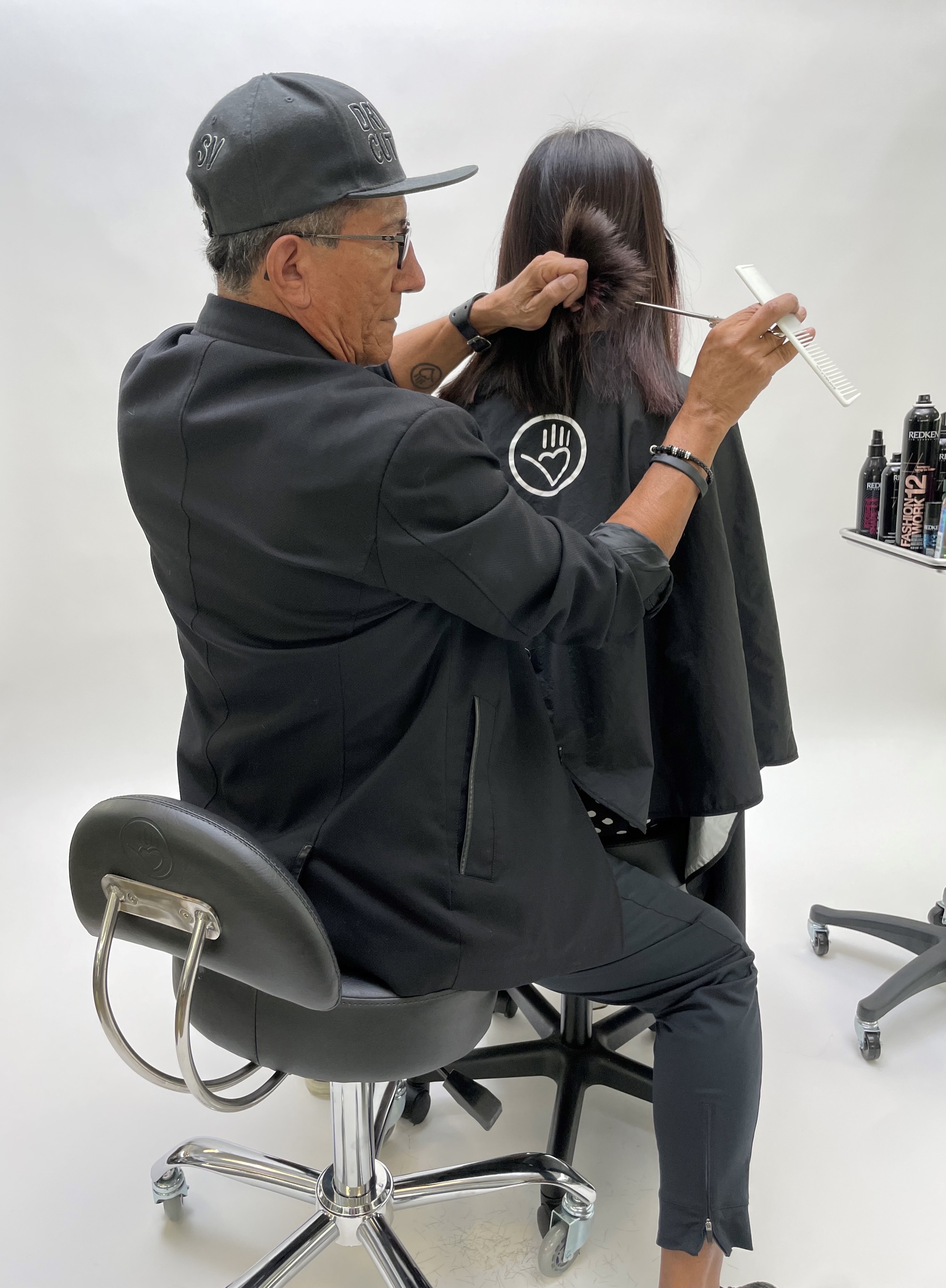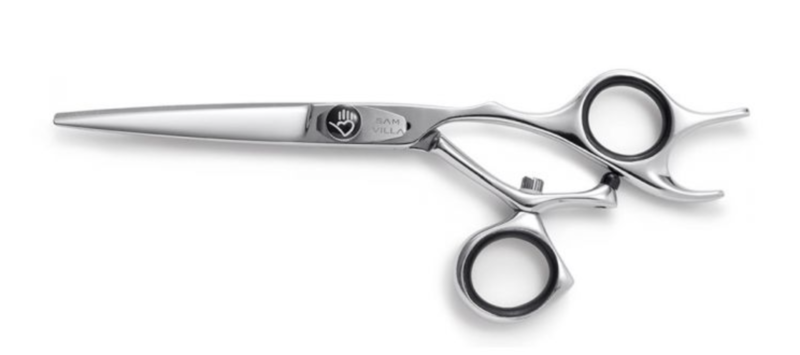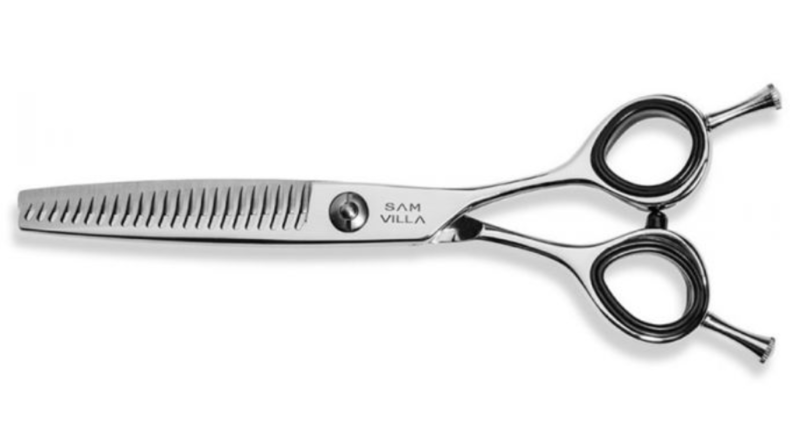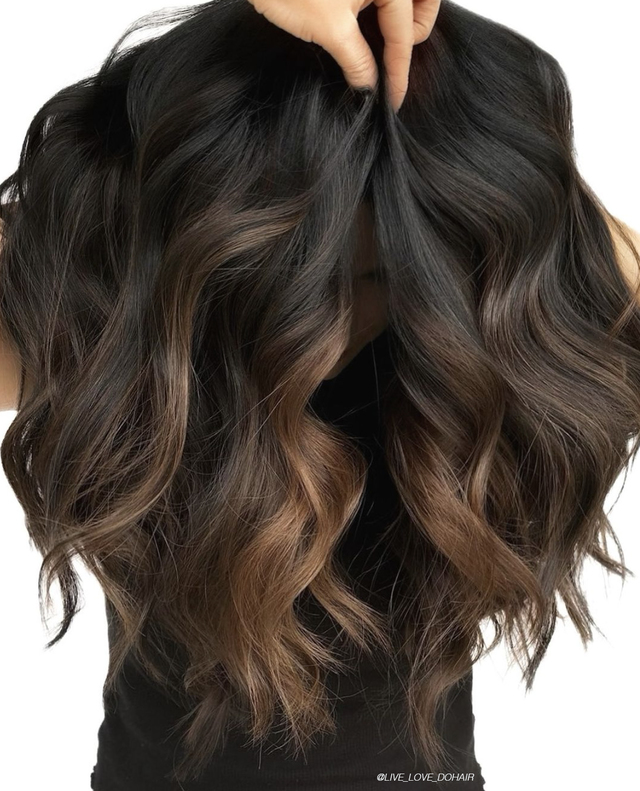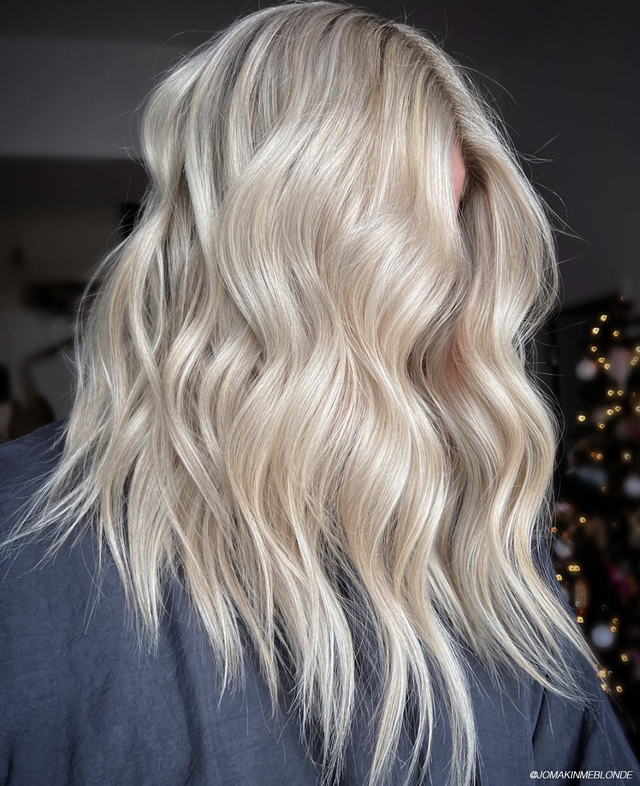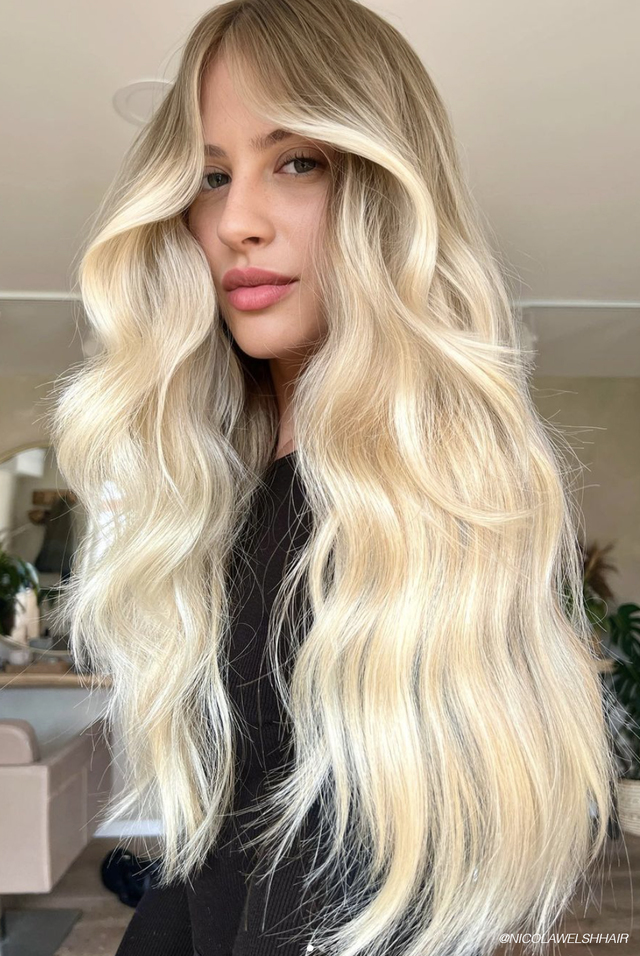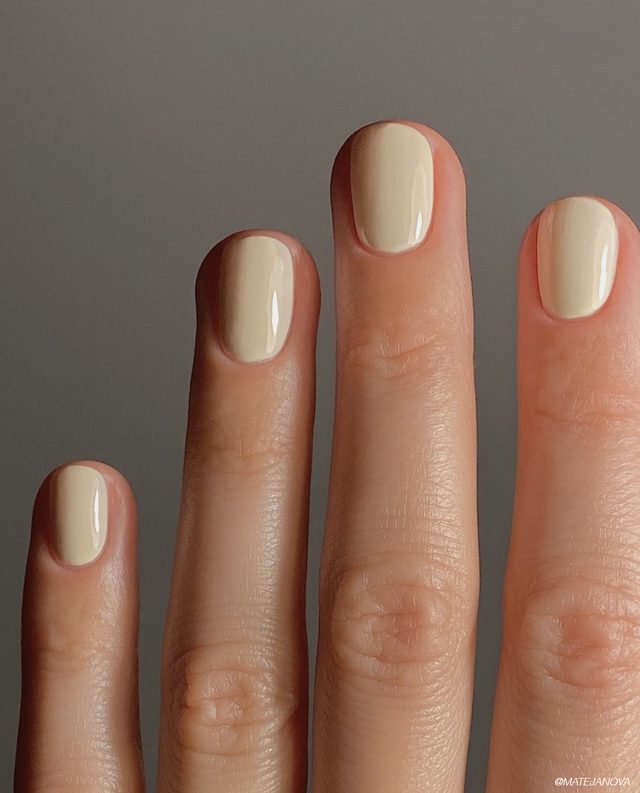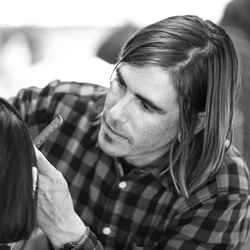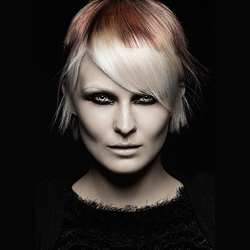Finding a pair of shears that works with your hand shape and style of cutting can be as daunting as figuring out the proper way to hold them and cut with them. Add the need for multiple types of shears to achieve various techniques and you’re probably spinning. However, finding a pair of shears doesn’t need to be a daunting task and in fact, can be really exciting! By understanding what various shears are used for, you can help increase your skillset and improve your efficiency.
“When I first started out, I used one shear for everything, because that’s what I was comfortable with. Then, someone told me that I needed a longer shear for something I was doing and I asked why because I knew I could get the job done with the shears I was using. They then explained the what, how, and why behind each shear design and that’s when I understood that I could minimize my effort and maximize the results when using the right shears for the right job,” explains Sam Villa, Co-founder and Chief Creative Officer of Sam Villa and Global Artistic Ambassador for Redken. Understanding how things work is a big part of learning how to use them. Read on to learn more about what type of shears every stylist should own and why!
According to Villa, every stylist should have at least 5 shears:
- Short Blunt Shear - for cutting shorter styles and detailing around ears. A 5.5 swivel shear is even better as it will allow the wrist to stay straight and elbow down when maneuvering angles tight to the head.
- Medium Blunt Shear – for wet/dry cutting and layering everyday cuts with exceptional control.
- Long Blunt Shear – for deep point cutting, slide cutting, larger sections, and longer lengths.
- Blending Shear – the bottom over-polished blade pushes hair into teeth for a scallop instead of straight cut so it’s great for layering, especially blondes because it won’t leave a line.
- Multi-textural Shear – for extracting weight, blending and creating texture.
“Think of a butcher with their knives…or a painter with their brushes…as artists, we need various tools to create different effects as well,” says Villa.
Protecting shears is equally as important as using them properly:
1. Wipe off excess hair after each use.
2. Apply shear oil to the inner pivot area, open and close several times, then wipe away excess oil and debris from the pivot area.
3. Check tension by holding the thumb side of the shear in one hand, lift the finger side with the other until the blades are fully open, then let go. The blades should stay open and not close. If the blade closes partially and there is a spring leaf spring tension system, tighten the screw one click at a time, until minimum tension to keep them open. If too tight, turn the screw or tension knob counterclockwise, one click at a time. If it is a Click Set Streamline Tension System, (a shear with a screw holding the blades together) conduct the same exercise using the screw key that usually comes with the shear. A shear with loose tension will cause hair to bend, a simple adjustment will solve the problem 99% of the time.
4. Store shears closed in a case to reduce the chance of falling and getting a chip in the blades.
5. Read and save all the information that comes with the shear to understand the warranty and servicing and register to better track the purchase/maintenance.
Shop a few favorites:
Signature Series Invisiblend Shear
Discover the quick service guide, shear service/warranty information and register Sam Villa shears here.
